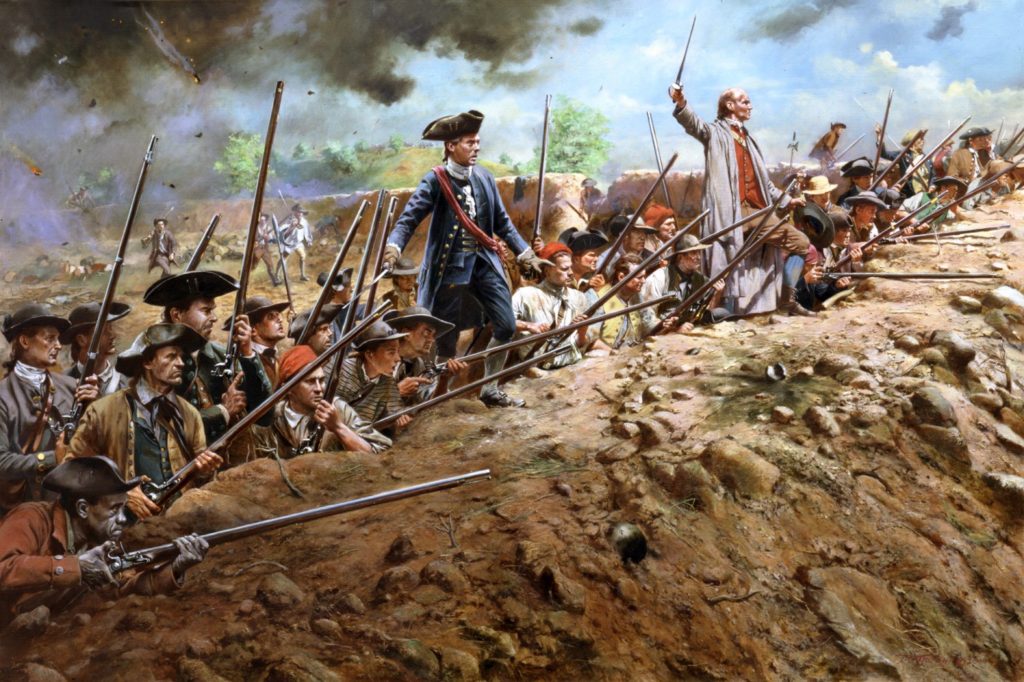American story piece for narrator and orchestra

Immensely entertaining, “Jack and Jill” combines an action-packed story of American history and idealism with music irresistible to young people. It is especially appropriate for programs on American music, storytelling in music, and family 4th of July concerts. For fun and musical excitement, this piece is hard to beat. It has been performed by the Buffalo, Dallas, and Detroit Symphonies, and many other American orchestras from the Anchorage Symphony to the Florida Philharmonic.
Russell has composed a variety of narrated pieces appropriate for a broad range of ages. These works have been performed throughout the United States, Canada, and in Europe and Asia.
“gusto
and flair . . . enthusiasm soars at children’s concert”
Grand Rapids Press
“the
Milwaukee Symphony soared . . . snippets of blues
. . . brass passages reminiscent of Motown . . . all
integrated within a more classically derived framework”
Milwaukee Journal
“joy
rings out at children’s concert . . . Peck left the
stage to cheers of a standing ovation”
New Orleans Time Picayune
duration: 9′
(1997/1976)
3(3rd
db. picc.)/2+E.h./2+b.cl./2+cbn. 4/3/3/1
timp. 2 perc. (incl. drumset)
harp strings
narrator
[The full-size orchestra may be reduced by the omission of any or all of the following instruments: fl. II, E.h., b.cl., cbn., tpt. III, harp. Cues for these instruments are provided in other parts.]
A chamber orchestra version (using different score & parts) has instrumentation as follows:
1+picc./2/2/2
2/2/1/1 (tuba is optional)
timp. 1 perc. (incl. drum set) opt.
harp strings
narrator







